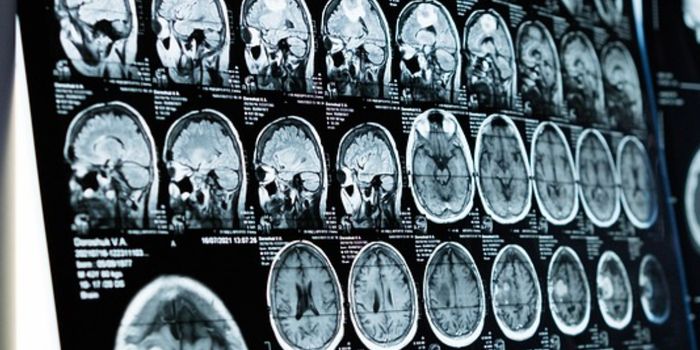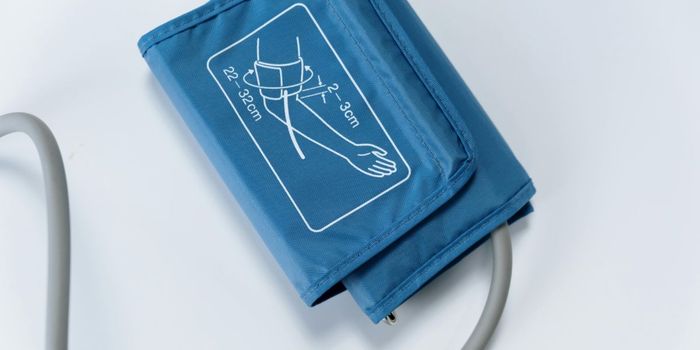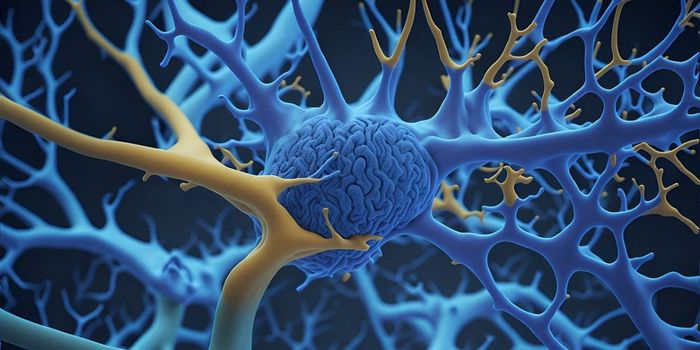New Psychotherapy Confronts Trauma to Relieve Chronic Pain

Cognitive behavioral therapy (CBT) has been the ‘gold standard’ psychotherapeutic treatment for chronic pain among veterans. However, studies show that it produces modest benefits for pain relief. Rather than helping patients ‘cure’ pain, it aims to help them tolerate it.
Emotional awareness and expression therapy (EAET) was developed in the 2010's to help patients experience, express and release emotions. During sessions, patients are asked to focus on a stressful interaction- ranging from mundane events such as being cut off by a driver to severe trauma like sexual assault. They then work to confront any associated emotions that appear both in the mind and body, express their reactions, and let go.
"If there is a hurt or stressor people have a series of normal, natural emotional reactions. There might be anger, guilt and sadness. Because these feelings are painful, people often avoid them, but EAET helps people face difficult feelings with honesty and self-compassion," said lead author Brandon Yarns, an assistant professor at UCLA Health's Department of Psychiatry and Biobehavioral Sciences and psychiatrist at the Veteran's Affairs Greater Los Angeles, in a press release.
"In therapy, they can release anger, pain and guilt that they've been carrying and are left with self-compassion in the end," he added.
For the study, the researchers recruited 126 veterans aged between 60 and 95 years old who had experienced at least three months of musculoskeletal pain. Over two-thirds also had a psychiatric diagnosis, and around a third had PTSD. Half of the participants underwent EAET, and half CBT. Sessions were conducted in-person, lasted for 90 minutes, and included one individual session followed by eight group sessions.
Participants were asked to rate their pain levels from 0 to 10 before the intervention, after their nine sessions, and six months later. Ultimately, the researchers found that 63% of veterans who underwent EAET reported at least a 30% reduction in pain, whereas the same was true for just 17% of those undergoing CBT. Pain reduction was sustained among 41% of EAET participants six months after the treatment compared to 14% of CBT patients.
"The results of this randomized clinical trial suggest that EAET may be a preferred intervention for medically and psychiatrically complex patients with pain. The societal burden of chronic pain could be improved by further incorporating the principles of EAET into mainstream clinical pain medicine,” concluded the researchers in their paper.
Yarns is now investigating whether similar results could be achieved via virtual group sessions. He additionally noted that neuroimaging studies ‘will be pursued’ to gain a better understanding of brain changes among participants receiving EAET and CBT therapies.
Sources: Science Daily, JAMA Network Open








